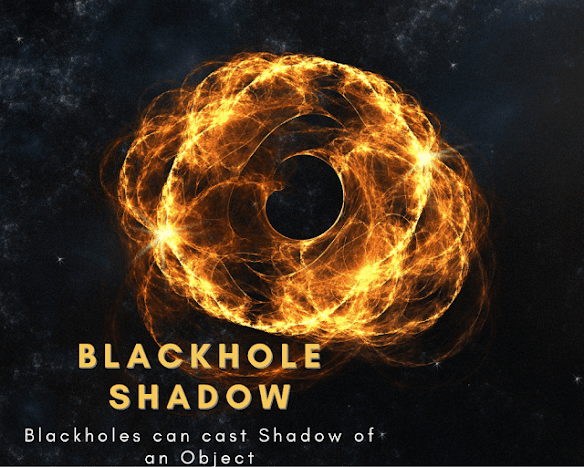Scientists Kanwar Preet Kaur, Pankaj S. Joshi, Dipanjan Dey, Ashok B. Joshi, Rucha P. Desai submitted a paper by the name “ Comparing Shadows of Blackhole and Naked Singularity ” on June 24. In which they discussed the shadow cast by a Blackhole and naked singularity.
It is now theoretically well established that Not only a black hole casts shadows, but so can other compact objects such bare singularities, gravastars, and boson stars, according to theory. A naked singularity is a hypothetical gravitational singularity without an event horizon in general relativity. While the singularity in a black hole is entirely surrounded by a barrier known as the event horizon, inside which the singularity's gravitational pull is so intense that light cannot escape.
Related
It has been discovered that the event horizon and photon sphere are not required for the formation of a shadow. When two distinct types of equally huge compact objects cast shadows of the same size, it becomes extremely difficult to differentiate them. The nature of the null-like and timelike geodesics around the two compact objects, however, would change due to their distinct spacetime geometries which are also different. As a result, the distribution of light intensity radiated by accreting materials surrounding compact objects would be different.
This phenomenon is discussed in depth in this study. They showed that, although having the same mass and shadow size, a naked singularity spacetime, specifically the first kind of Joshi-Malafarina-Narayan (JMN1) spacetime, can be distinguished from the Schwarzschild black hole spacetime by the intensity distribution of light. To demonstrate this discrepancy, They employed image processing techniques in conjunction with theoretical intensity data. The differences obtained by image processing may be used as a theoretical template for intensity differences, which can be used to analyze observational data from a compact object's picture.
